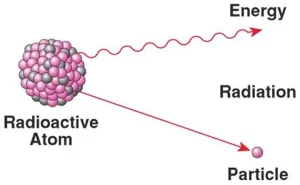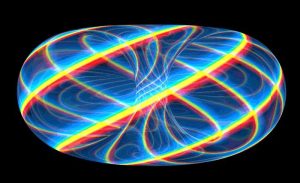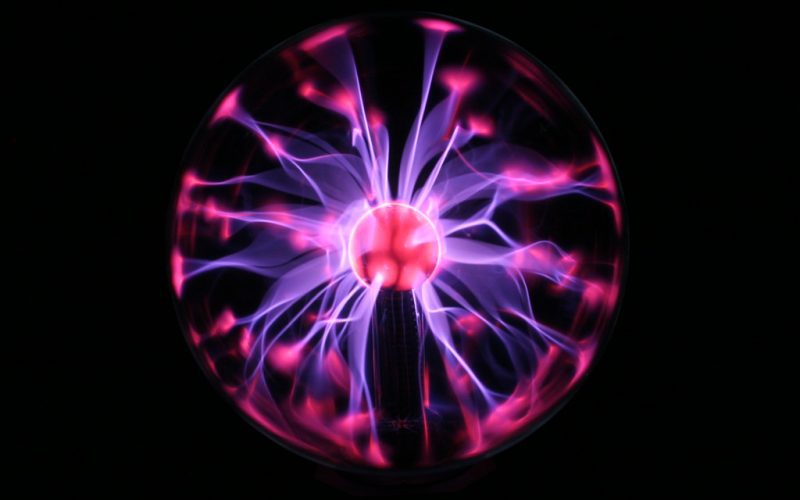Plasma, often referred to as the fourth state of matter, is a state in which a gas becomes ionized, leading to the presence of positively and negatively charged particles. This unique state of matter exhibits remarkable properties and behaviors, making it a subject of extensive scientific research and exploration. In this article, we delve into the fascinating realm of plasma dynamics, uncovering its fluid nature and the myriad applications it holds across various domains.
Introduction to Plasma Dynamics
Definition of Plasma
Plasma is commonly described as a state of matter where atoms lose or gain electrons, resulting in the formation of ions and free electrons. Unlike solids, liquids, and gases, plasma does not have a definite shape or volume, instead, it fills the space it occupies.
Importance of Studying Plasma Dynamics
Understanding plasma dynamics is crucial due to its wide-ranging applications in fields such as astrophysics, fusion energy research, materials science, and medicine. From the formation of stars to the development of plasma-based technologies, studying plasma dynamics unlocks new possibilities and insights into the behavior of matter in extreme conditions.
Applications of Plasma in Various Fields
Plasma finds applications in diverse areas, including plasma cutting and welding in manufacturing, plasma-based propulsion systems in aerospace engineering, and plasma medicine for sterilization and cancer treatment. Its versatility and unique properties make it an indispensable tool in modern science and technology.
Characteristics of Ionized Gases

Explanation of Ionization
Ionization occurs when atoms or molecules lose or gain electrons, resulting in the formation of positively charged ions and negatively charged electrons. This process can be induced by various means, such as heating, exposure to electromagnetic radiation, or collisions with other particles.
Behavior of Ions and Electrons in Plasma
In a plasma, ions and electrons interact through electromagnetic forces, giving rise to complex behaviors such as plasma oscillations, waves, and instabilities. These interactions play a fundamental role in shaping the dynamics of plasma and its response to external stimuli.
Unique Properties of Ionized Gases
Plasma exhibits several unique properties, including conductivity, self-organization, and collective behavior. These properties enable plasma to conduct electricity, generate magnetic fields, and undergo complex phenomena such as turbulence and magnetic reconnection.
Basic Principles of Plasma Dynamics
Plasma as the Fourth State of Matter
Plasma is often regarded as the fourth state of matter, distinct from solids, liquids, and gases. While the exact definition of plasma may vary, it is generally characterized by the presence of a significant number of charged particles and the dominance of collective plasma phenomena.
Plasma Oscillations and Waves
Plasma dynamics are governed by a variety of oscillations and waves, including Langmuir waves, Alfvén waves, and ion acoustic waves. These waves propagate through the plasma medium, carrying energy and momentum and influencing its overall behavior.
Collisional and Collisionless Plasma
Plasma can be categorized into collisional and collisionless regimes based on the frequency of particle collisions. In collisional plasma, collisions between particles play a significant role in determining plasma properties, whereas in collisionless plasma, collective effects dominate due to the rarity of collisions.
The Role of Magnetic Fields in Plasma Dynamics
Magnetohydrodynamics (MHD)
Magnetohydrodynamics is the study of the behavior of electrically conducting fluids, including plasmas, in the presence of magnetic fields. MHD principles are essential for understanding phenomena such as magnetic confinement in fusion reactors and the dynamics of astrophysical plasmas.
Magnetic Confinement in Fusion Reactors
In fusion reactors, magnetic fields are used to confine and control plasma at extremely high temperatures and pressures. By confining the plasma within a magnetic field configuration, researchers aim to achieve sustained nuclear fusion reactions and harness the energy released for practical applications.
Magnetic Reconnection and Its Effects
Magnetic reconnection is a process whereby magnetic field lines break and reconnect, releasing stored magnetic energy and accelerating charged particles. This phenomenon occurs in various astrophysical and laboratory plasmas, leading to phenomena such as solar flares, magnetic storms, and plasma heating.
Plasma Instabilities and Turbulence

Types of Instabilities in Plasma
Plasma can exhibit various instabilities, including electrostatic instabilities, electromagnetic instabilities, and hydrodynamic instabilities. These instabilities can disrupt the equilibrium of plasma and lead to the formation of complex structures and phenomena.
Generation and Effects of Turbulence
Turbulence is a common feature of plasma dynamics, arising from the nonlinear interactions between plasma particles and electromagnetic fields. Plasma turbulence can affect the transport of energy, momentum, and particles, influencing the overall behavior and stability of plasma systems.
Challenges in Controlling Plasma Turbulence
Controlling plasma turbulence is a significant challenge in many plasma-based technologies, including fusion reactors and space propulsion systems. Understanding the underlying mechanisms of turbulence generation and propagation is essential for developing effective control strategies and improving the performance of plasma devices.
Applications of Plasma Dynamics
Plasma in Astrophysics and Space Research
Plasma plays a crucial role in astrophysical phenomena such as star formation, stellar evolution, and the dynamics of interstellar and intergalactic space. Understanding plasma dynamics is essential for unraveling the mysteries of the universe and exploring the possibility of extraterrestrial life.
Fusion Energy and Plasma Reactors
Fusion energy research aims to replicate the process that powers the sun and stars—nuclear fusion—in controlled laboratory conditions. Plasma dynamics play a central role in the development of fusion reactors, which hold the promise of clean, abundant, and sustainable energy for the future.
Plasma-Based Technologies in Industry and Medicine
Plasma-based technologies have diverse applications in industry and medicine, including surface treatment, thin film deposition, and cancer therapy. Plasma devices offer unique capabilities for precise material processing and biomedical applications, driving innovation and advancements in various sectors.
Current Research and Developments
Advancements in Plasma Physics
Recent advances in plasma physics have led to breakthroughs in areas such as plasma confinement, heating, and diagnostics. Experimental and theoretical studies continue to expand our understanding of plasma dynamics and pave the way for new technologies and discoveries.
Emerging Technologies and Applications
Emerging technologies such as compact fusion reactors, plasma thrusters, and plasma-based propulsion systems hold promise for revolutionizing space exploration, energy production, and transportation. These technologies leverage the principles of plasma dynamics to achieve unprecedented levels of efficiency and performance.
Challenges and Future Prospects
Despite significant progress, many challenges remain in the field of plasma dynamics, including the development of sustainable fusion energy, the control of plasma instabilities, and the optimization of plasma-based technologies. Addressing these challenges requires interdisciplinary collaboration and continued investment in research and development.
Conclusion
In conclusion, plasma dynamics offer a fascinating glimpse into the fluid nature of ionized gases and their profound impact on the universe. From the intricate dance of particles in fusion reactors to the swirling storms on distant planets, plasma phenomena shape the world around us in ways both seen and unseen. As we continue to explore and harness the power of plasma, we embark on a journey of discovery and innovation with boundless possibilities.
FAQs
What is plasma and how is it different from other states of matter?
Plasma is a state of matter where atoms lose or gain electrons, resulting in the formation of ions and free electrons. Unlike solids, liquids, and gases, plasma does not have a definite shape or volume and is highly conductive.
What are some real-world applications of plasma dynamics?
Plasma dynamics find applications in various fields, including fusion energy research, space propulsion, surface treatment, and biomedical applications such as plasma medicine and sterilization.
What role do magnetic fields play in controlling plasma?
Magnetic fields are used to confine and control plasma in fusion reactors and other plasma devices. By shaping and manipulating magnetic field configurations, researchers can stabilize plasma and prevent it from coming into contact with reactor walls.
What are the challenges in achieving sustainable fusion energy?
Achieving sustainable fusion energy requires overcoming technical challenges such as plasma confinement, heating, and instabilities, as well as engineering challenges related to reactor design, materials science, and tritium fuel production.












